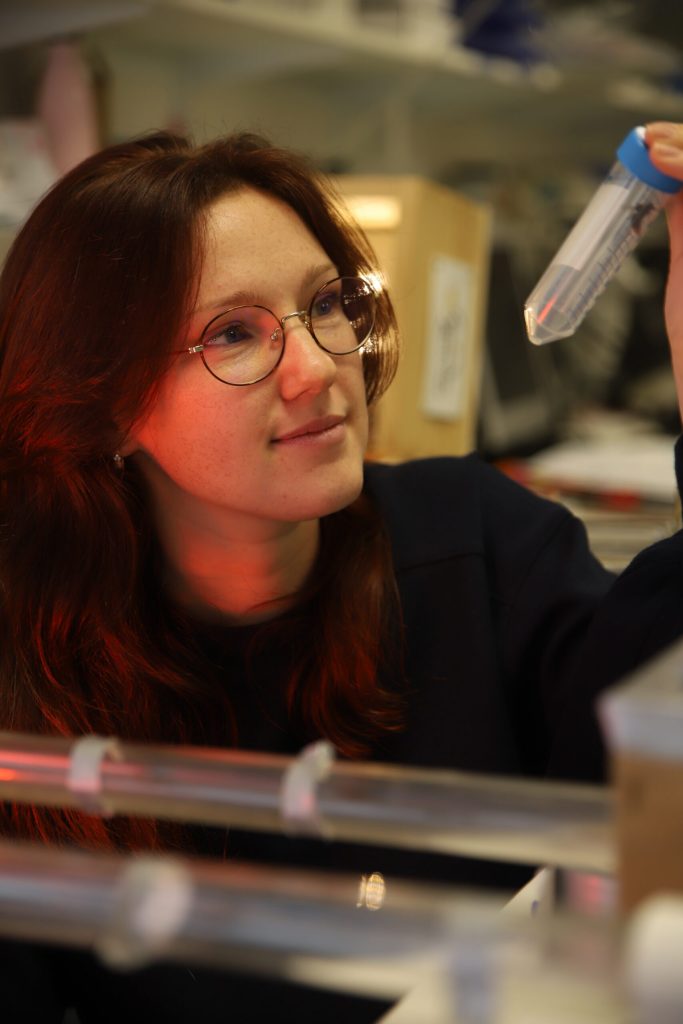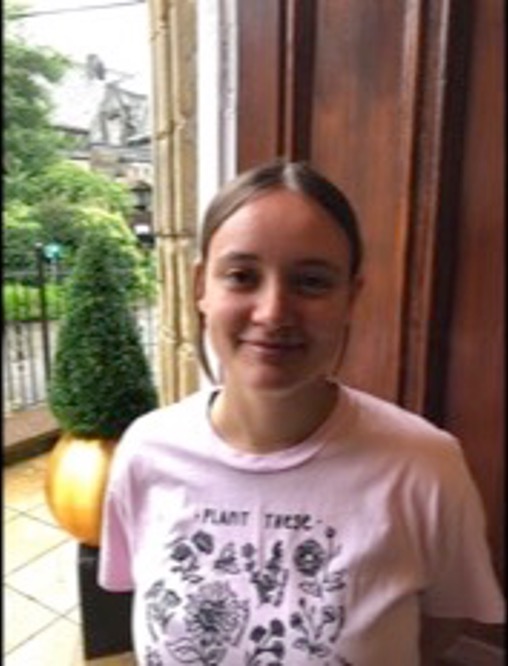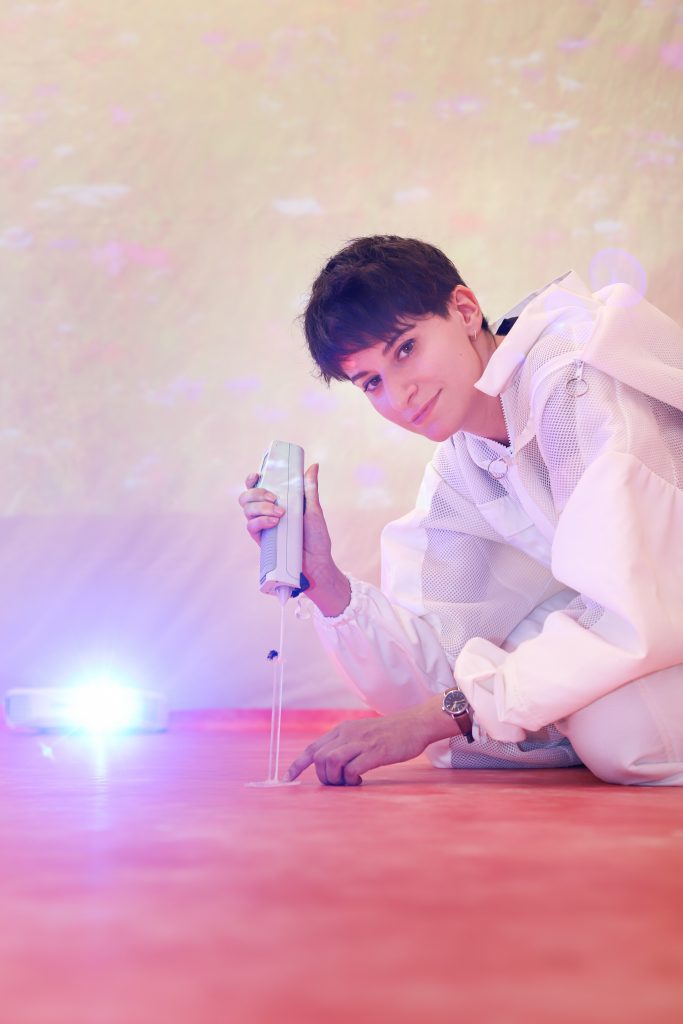How do bees move between flowers and affect plant reproduction?
These are fundamentally important questions for biologists aiming at better understanding the basic behaviour of pollinators. Addressing these gaps of knowledge is also critical for sustainable development, to protect our ecosystems, economies and food security. When foraging for nectar bees, transfer pollen between flowers. In doing so, they mediate the reproduction of plants on which most animals rely— herbivores, of course, but also predators that consume them, and the predators of predators etc.
In particular, despite thousands of years of domestication and more than a century of academic research on bee behaviour, how bees move and disperse pollen across landscapes remains largely mysterious. If we could understand patterns of pollen dispersal by bees, and thus know which plants cross and at which frequency, we could predict the pollination efficiency in a given plant-pollinator community. We could also selectively and efficiently promote pollination for conservation or agricultural purposes.
As humans, most of our alimentation is based on fruits, vegetables, and animals that depend on pollination. It has been estimated that insect pollinators contribute to more than 75 per cent of the reproduction of wild and cultivated plants, a service worth several hundred billion euros a year for food production worldwide.
Over recent years, however, the widespread decline of pollinators associated with our impact on ecosystems has generated considerable public debate and concern. The risk that we may soon be facing a pollination crisis in which crop yields would begin to fall because of inadequate pollination and food demand increases has made the study of plant- pollinator interactions an absolute priority.
Linking bee movements to plant reproduction
The ERC project “Bee-Move” brings together an interdisciplinary team of bee biologists, radar scientists, computer scientists and plant ecologists. The team will monitor the spatial movement patterns of bees in the field and experimentally study their consequences on plant reproduction.
The ultimate aim is to produce a mechanistic model capable of simulating bee movements and pollination success for any given environment. Our team will test the hypothesis that different types of pollinators will have different influences on pollination. For instance, bumblebees, that tend to wander around and forage individually, may promote higher levels of plant outbreeding than honey bees that actively recruit nestmates for mass exploitation of blooming resources. Both types of pollinators are expected to be complementary.
The challenge of tracking bees in the field

Our first challenge is to develop a tracking system to monitor bee movements. Direct observations of bee foraging patterns in the field have always been difficult and thus limited to small spatial scales within the field of view of an experimenter.
While it is relatively easy to spot a bee on a flower, it is generally much more challenging to follow that same bee during its complete foraging journey, starting and ending at its nest. It is even more problematic to follow the flight trajectories of that bee repeatedly to study how they develop with time, under the influence of learning, and interactions with the other bees around.
Such detailed investigation of bee behaviour in the field requires monitoring multiple (hundreds), small (<2 cm), and fast-flying (20 km/h) individuals, interacting over several kilometres (<10 kms) during consecutive days or weeks. This is out of reach with current technologies. At best, automated systems have been used to record the 2D flights of single bees carrying a large transponder within 700 m, or the visitation sequences by microchipped individuals at target locations with no information on their trajectories. These hard-technological limitations are the main reason why all the basic questions, previously outlined, about how bees move and forage are still unanswered.
The promises of millimeter wave radars

In Bee-Move, we will develop a new type of tracking system based on radars to automatically monitor hundreds of bees simultaneously in areas of several square kilometres. Our recent utilisation of such radars to record the movements of humans and farm animals such as sheep and pigs (Henry et al., 2019; Dore et al., 2021) gives us good reasons to think we will succeed. As a first step, we recently managed to use millimetre wave radars to track bumblebees collecting sucrose solution on a feeder in the field (Dore et al.2020). With this system, we recorded the flight path of several bumblebees simultaneously, but also similarly sized insects, such as honey bees and hornets. We are currently working on different solutions to increase the volume of interrogation by this tracking system to run behavioural experiments in the field. Combining signals from multiple radars is one possibility.
Robotic meadows: towards a new framework to study bees in the field
With this radar-based tracking system, we will develop a new kind of behavioural study with bees in the field. In the coming year, we will deploy radars in experimental fields in order to monitor bee movements across much larger areas. We will then acquire unique data about bees’ interactions and collective foraging patterns at unprecedented spatial and temporal scales. This was not possible before.
To precisely manipulate the environment of the bees, we will combine this tracking system with ‘smart flowers’ on which bees could forage. These robotic flowers will recognise the bees individually once landed on them and selectively give them access to a controlled amount of nectar. Spreading many of these robotic flowers in the field will create an artificial meadow in which we will continuously record the flight paths of bees (with the radars) and the information about food collection (with the flowers).
This will enable us to study the behavioural responses of bees following manipulations of the environment, such as changes in flower densities, spatial arrangements, and reward qualities, that will simulate real ecological scenarios. Each of these experiments will bring new fundamental knowledge about pollinator foraging behaviour. This will also set the stage for future studies investigating the consequences of all these behaviours on real plants, as planned in the second step of Bee-Move. But this is another story…

Some preliminary results
Bee-Move highlighted in EU Horizon Magazine
Publications
Dore A, Henry D, Aubert H, Lihoreau M (2022). How do bees move across the landscapes? The Project Repository Journal. 12:76-79 PDF
Moran A, Lihoreau M, Pérez-Escudero A, Gautrais J (2022). Modeling bee movement shows how a perceptual masking effect can influence flower discovery, foraging efficiency and pollination. bioRxiv. doi:10.1101/2022.10.12.5119
Dubois T, Pasquaretta C, Barron AB, Gautrais J, Lihoreau M (2021). A model of resource partitioning between foraging bees based on learning. PloS Computational Biology. 17:e1009260 doi:10.1371/journal.pcbi.
Brebner J, Makinson J, Bates O, Rossi N, Lim KS, Dubois T, Gomez-Moracho T, Lihoreau M, Chittka L, Woodgate J (2021). Bumble bees strategically use ground level linear features in navigation. Animal Behaviour 179:147-160.doi.org/10.1016/j.anbehav.2021.07.003
Buatois A, Dubois T, Lihoreau M (2021). Bumblebees develop more efficient traplines than honey bees. bioRxiv. doi: 10.1101/2020.12.22.423907
Sosa S, Jacoby DMP, Lihoreau M, Sueur C (2021). Animal social networks: towards an integrative framework embedding social interactions, space and time. Methods in Ecology and Evolution.12:4-9. doi: 10.1111/2041-210X.13539
People







For additional information see our institutional webpage.
